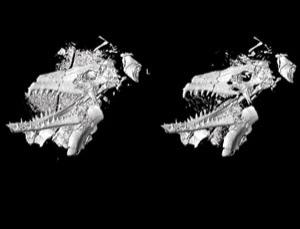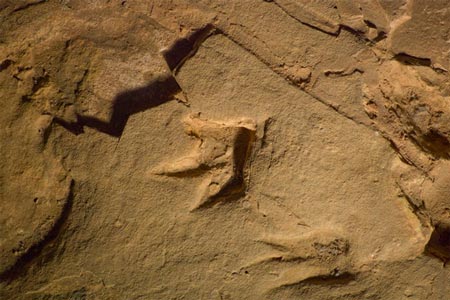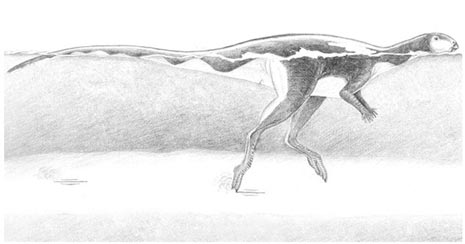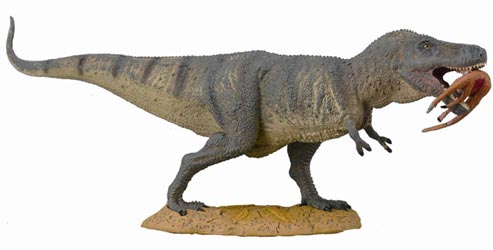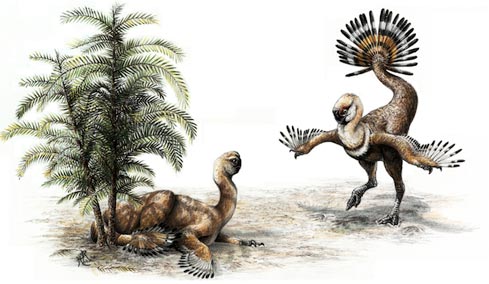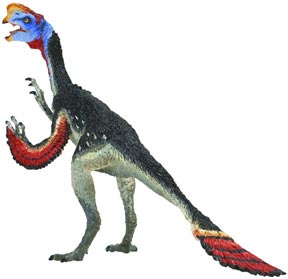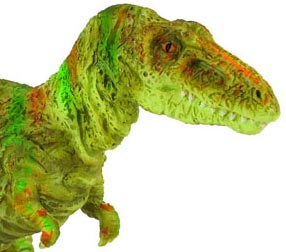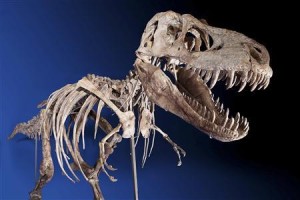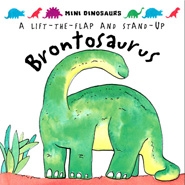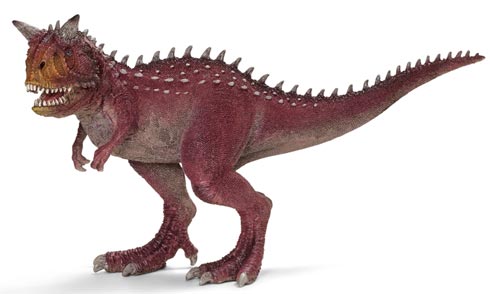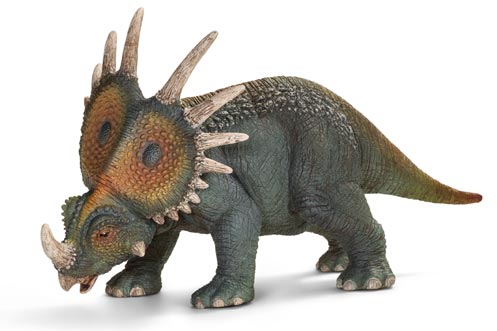Everything Dinosaur’s Palaeontology Predictions for the Coming Year
This year marks the 100th anniversary of the naming and describing of the genus Styracosaurus along with the small North American ornithopod Thescelosaurus, but what are going to be the other notable events for dinosaur fans and fossil collectors in the next twelve months? It is that time of the year when team members at Everything Dinosaur put their heads together and try to predict some of the news stories and fossil discoveries that are likely to take place in 2013.
Palaeontology Predictions
Suggestions have been made, they have all been discussed and debated and we have come up with a list of predictions regarding what we think is going to happen over the coming year. For people more comfortable with studying the past than with predicting the future, it is worth noting that crystal ball gazing is hardly our strongest suit. However, we have given it a go and collectively here are our attempts at second guessing what news stories will be covered on this site.
At the end of this year, we will look back and see how we have done.
1). New Genus of Horned Dinosaur from North America
There have been a number of new genera erected over the last decade or so with ceratopsians such as Xenoceratops, Kosmoceratops and Medusaceratops. However, Everything Dinosaur team members have predicted that at least one new genus of ceratopsian will be established after fossil discoveries in either the United States or Canada.
Xenoceratops Named in 2012 – What Ceratopsian will be Named this Year?

A scale drawing of the horned dinosaur Xenoceratops.
Picture credit: Everything Dinosaur
2). Jurassic Park in 3-D Inspires a New Generation of Dinosaur Fans
2013 marks the 20th anniversary of the film “Jurassic Park” with its computer generated dinosaurs. In April, the re-release of this epic, in a three-dimensional cinema format will take place. We expect this film to be a big commercial success, going on to become the number one film in terms of screenings in the late spring (United Kingdom). It will inspire a whole new generation of young dinosaur fans – expect team members to be answering endless questions regarding Velociraptor/Deinonychus all over again!
3). Milestones for Everything Dinosaur – What are We Going to be Doing?
Our on-line presence continues to grow and as part of our predictions (also since personnel reviews, aims and objectives are top of the mind at the moment), we thought it sensible if we nailed our colours to the mast as it were in terms of what we will be achieving as a result of our activities this year.
- Six hundred and fifty Ezine articles approved and published
- One Thousand Facebook likes on Everything Dinosaur’s Facebook Page
- Ezine Challenge completed 365 articles approved and published since February 25th 2012
- 300,000 Video Views on Everything Dinosaur’s YouTube Channel
- Everything Dinosaur to join Pinterest with 1,000 re-pins
4). New Zealand to Hit the Headlines with Prehistoric Animal Fossil Discovery
It is very likely that more dinosaur discoveries will be made in Australia. However, what about in New Zealand? To date, there have only been a handful of dinosaur and other Mesozoic reptiles fossil discoveries made in New Zealand. This landmass was part of the super-continent of Gondwanaland but little of the sedimentary strata dating from the Age of Reptiles is exposed and dinosaur fossil finds in particular have been extremely rare. What has been discovered has often been a single bone here, a single bone there so it is very difficult to tie down to a genus or even a family of the Dinosauria. Rather than predict yet more “Aussie dinosaurs” we shall look out for news of a marine reptile or dinosaur discovery from their antipodean neighbours.
Perhaps a New Marine Reptile Genus from New Zealand

The Ichthyosaurus model (Wild Safari Prehistoric World) ready to take its turn on the Everything Dinosaur turntable. Perhaps 2013 will bring news of a marine reptile fossil discovery from New Zealand.
Picture credit: Everything Dinosaur
5). Controlled Cull of Saltwater Crocodiles in the Northern Territory of Australia
Not wishing to overlook Australia completely, it is likely that there will be more fatal attacks on people by Saltwater crocodiles in 2013. As the crocodile population continues to grow, crocodiles will move into areas of human population with the inevitable consequences of attacks by these large reptiles, the heaviest extant reptiles alive today. Lobby groups have campaigned vigorously for a cull of these dangerous animals, even for the return of “sport” hunting. Although, the authorities have resisted, a controlled cull of Saltwater crocodiles may be given the go ahead in the Northern Territory of Australia. Certainly, with the threat of crocodile attacks now very real for some communities, it is likely that local people may take the law into their own hands and kill crocodiles illegally which are perceived to be a threat.
6). New Clothing Range introduced by Everything Dinosaur
Team members have been busy working on a number of new product ideas over the last few months. Many of the projects that we have undertaken have been inspired by suggestions made by customers and 2013 should see a number of these ideas come to fruition. One project concerns the design and manufacture of a new range of children’s and adult-sized clothing – all with a dinosaur theme of course. Look out for a number of new product introductions from Everything Dinosaur in the next few months, including a new range of dinosaur inspired clothing from the company.
One of the Prototypes from Everything Dinosaur (New Clothing Range)
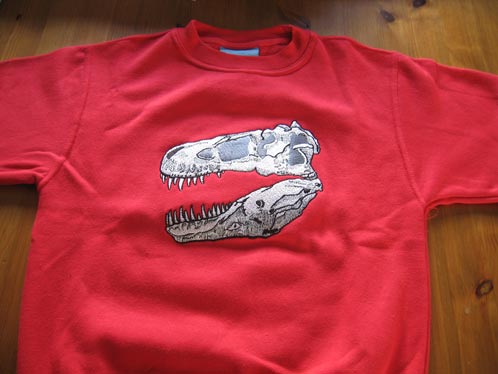
Everything Dinosaur to introduce a new clothing range in 2013.
Picture credit: Everything Dinosaur
7). More Evidence of Endothermic Properties in the Dinosauria (Warm-blooded dinosaurs)
The use of ever more sophisticated and advanced technology in the study of fossil material will continue and this will result in some new and exciting insights into aspects of the Dinosauria. We can expect more evidence to be detected of insulating feathers on a number of dinosaur genera and possibly chemical analysis of once organic compounds revealing more about the potential growth rates of prehistoric animals (ontogeny).
Such research, linking the need to be insulated, growth rates and a speedy metabolism will add greater weight to the theory that the majority of the Dinosauria were in fact warm-blooded like birds and mammals rather than cold-blooded like reptiles. Cold-blooded reptiles rely on external sources of heat to warm them up so that they can become active, expect more insights into warm-blooded dinosaurs in the year ahead.
8). The Arab Spring has Surprising Implications for Palaeontology
2012 will be remembered by many for the continuation of the “Arab Spring”, which resulted in a number of North African countries seeing tremendous political changes. Although, much of the region is experiencing turmoil, one small, surprising implication for the recent changes may be that scientists such as geologists and palaeontologists from North African centres of learning and research may be given the opportunity to explore areas that previously, had been closed to them. With the peace settlement in Angola, after years of civil war, one of the outcomes was that as more of the country was explored geologically, a number of new prehistoric animal fossil discoveries were made.
A prediction for 2013 is that following the Arab Spring there will be an exciting new fossil find representing a new genus, made in a country like Libya, Egypt or Tunisia. Perhaps, a fascinating new type of arthropod or early chordate being discovered in the Nubian sandstone deposits of Libya.
These are our predictions, they are just for fun but it will be interesting to see how near or how far off the mark we are when we come to review what we said at the end of the year.
To view the extensive range of dinosaur and prehistoric animal themed merchandise available from Everything Dinosaur: Everything Dinosaur.


